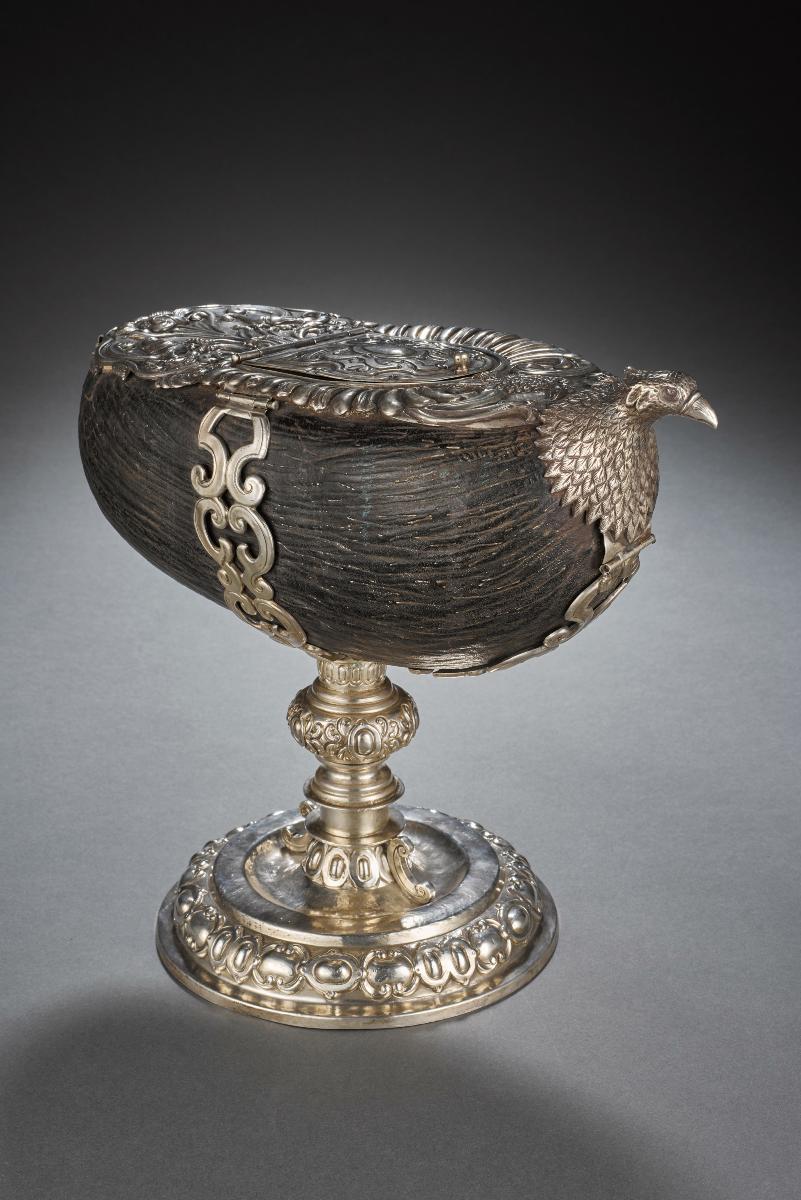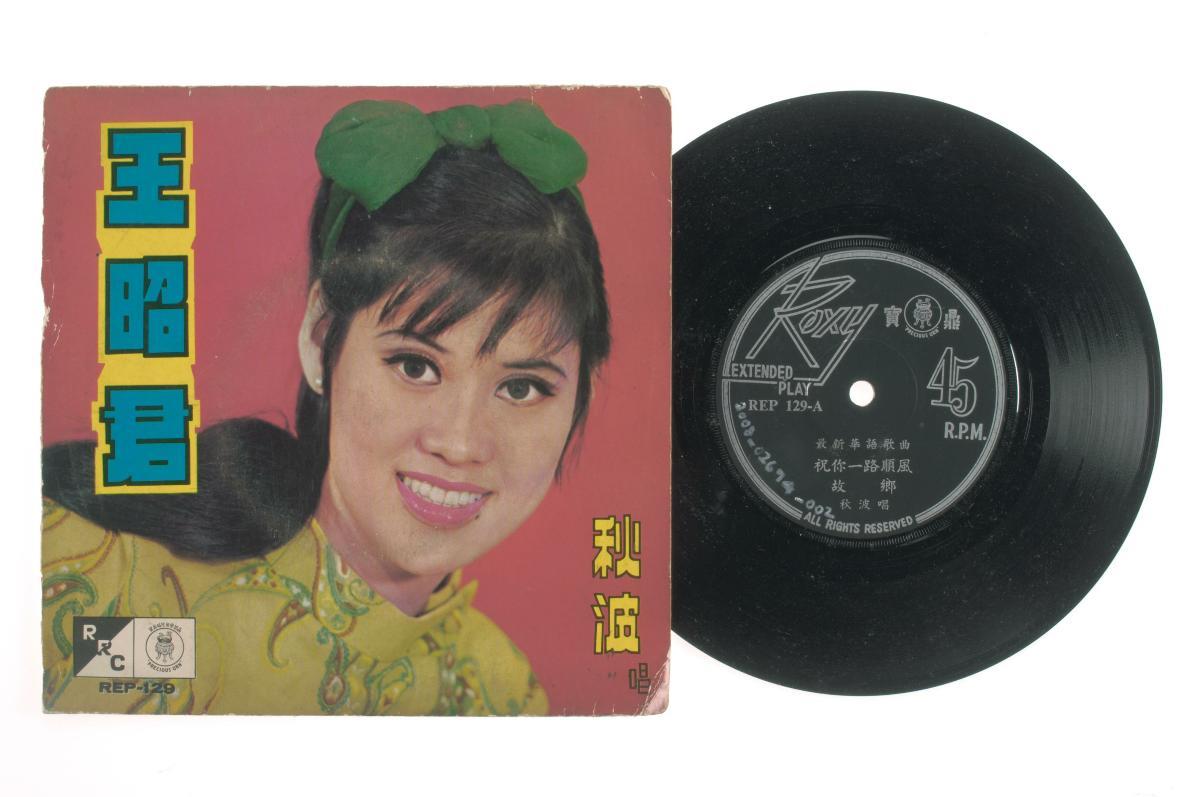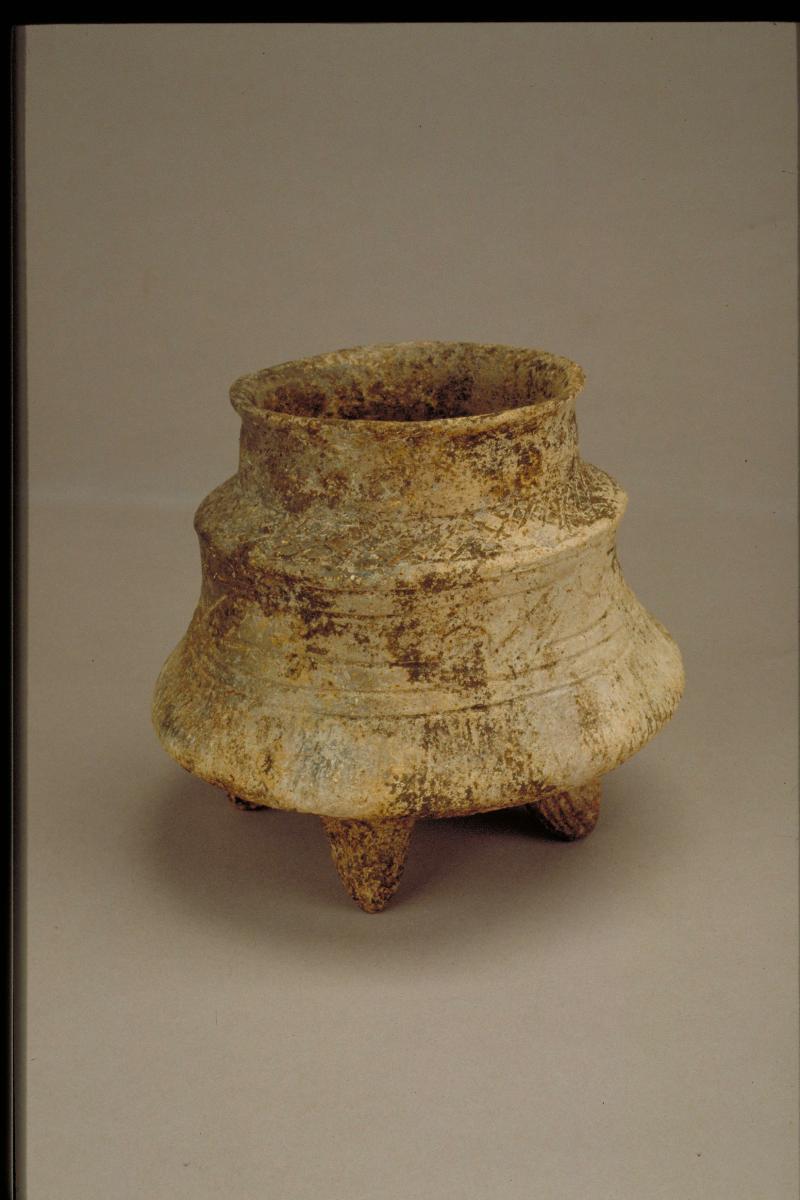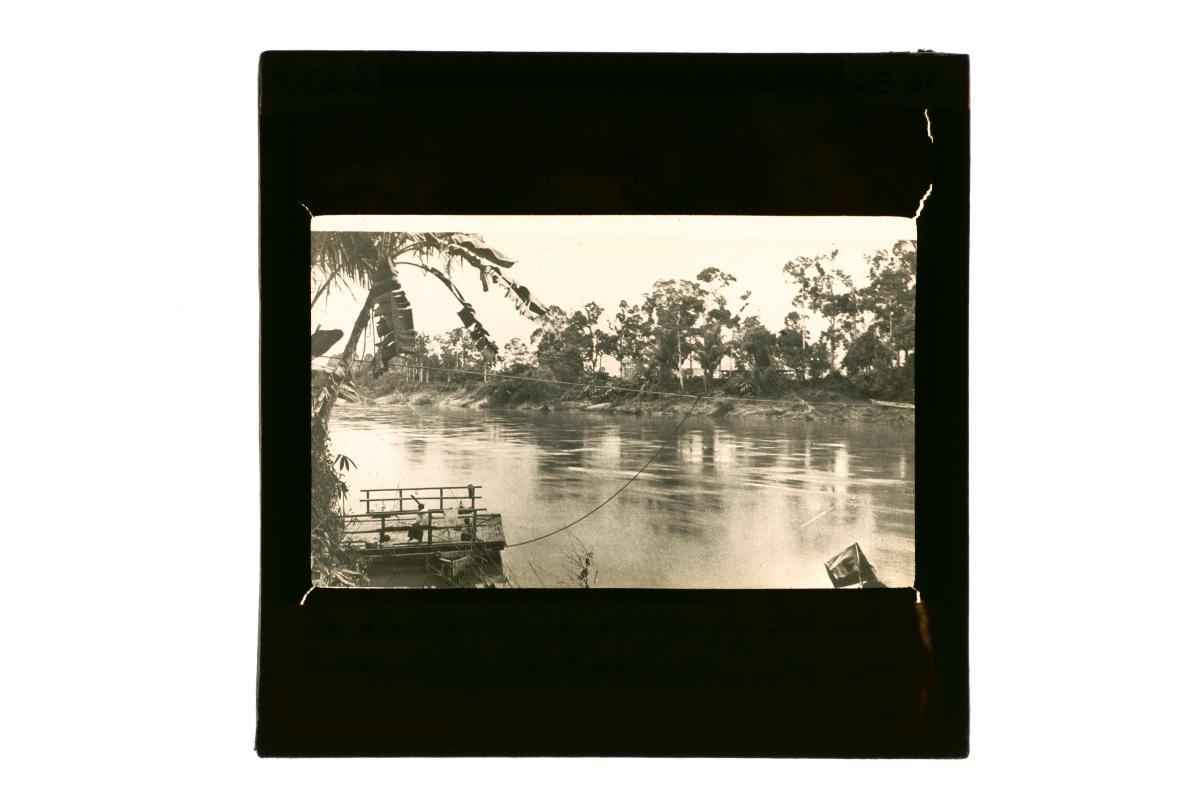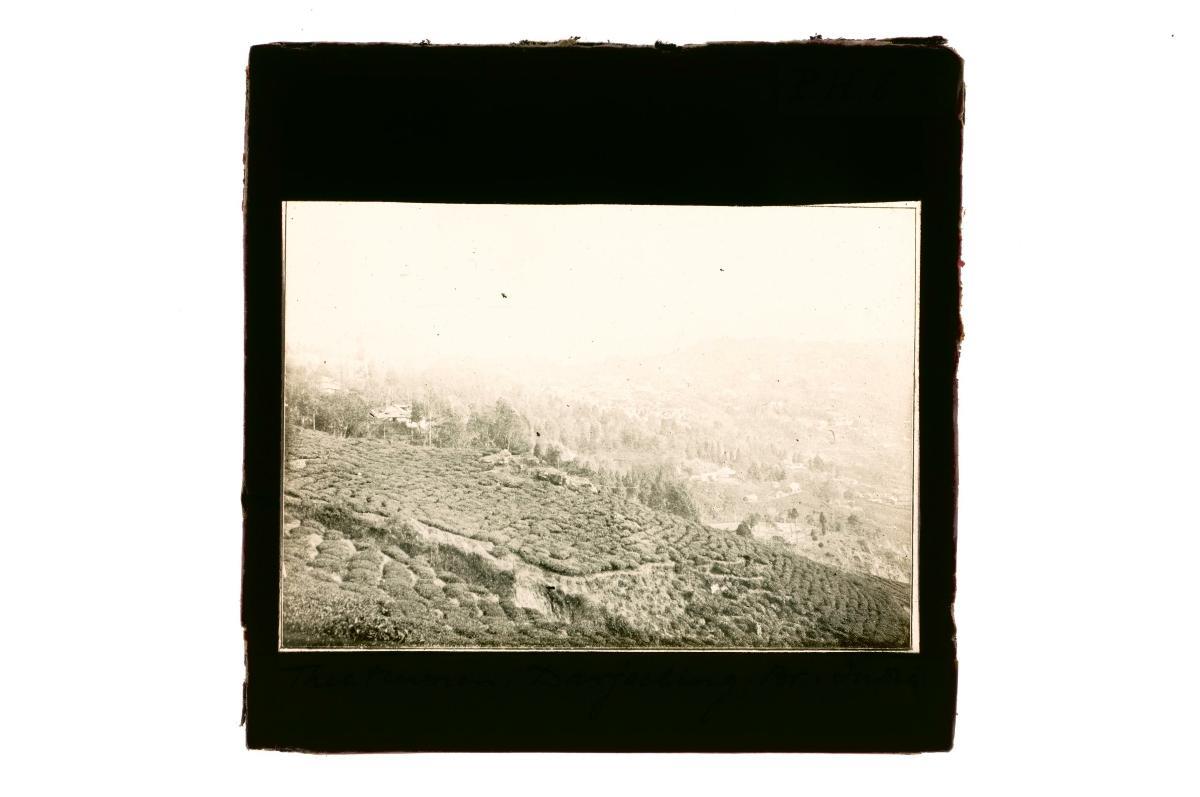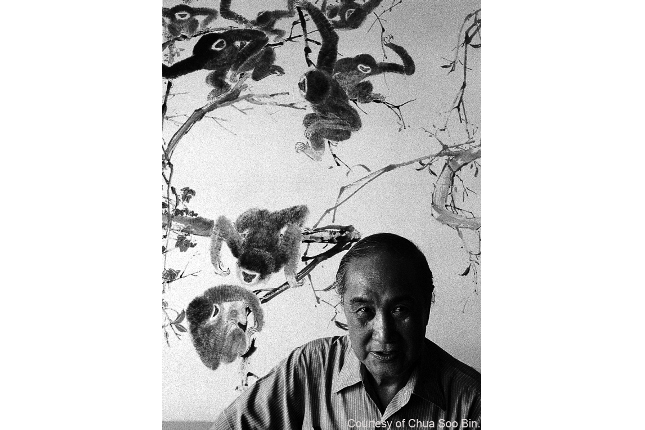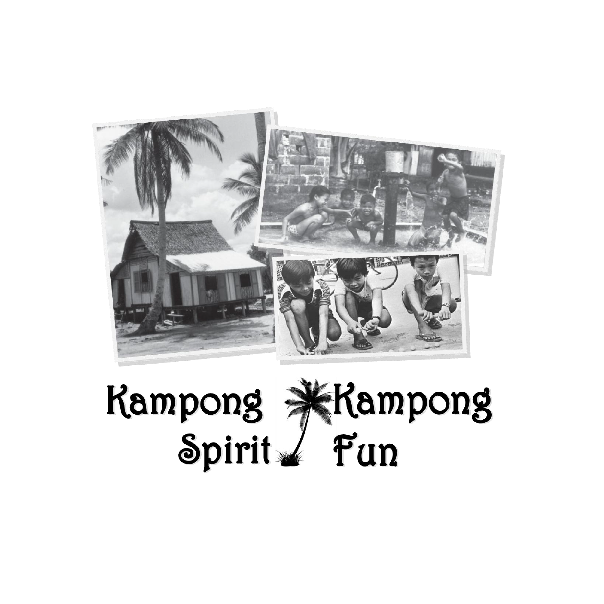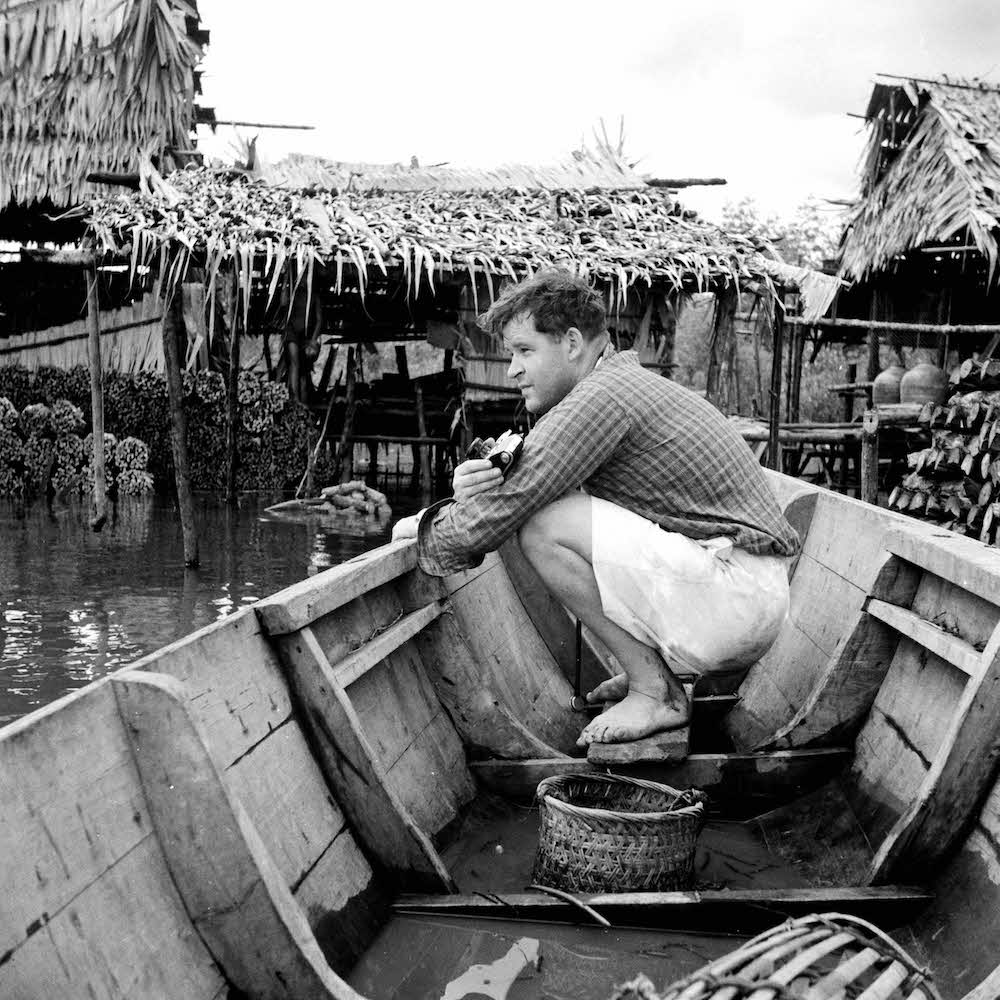The Portuguese were the earliest of the European powers to establish a trade network with Asian ports. For almost a hundred years (from the 16th – the 17th century) they held control over trade in the Indian Ocean. The Portuguese were headquartered in the western Indian port of Goa, which served as an important Portuguese entrepôt until the late 17th century, with trading activities eventually declining during the 18th and 19th centuries. Furthermore, Goa emerged a key clearing centre for exotic goods by the 16th century and so such commodities were brought to Goa, from around the region, to sell to European traders.Among commodities exported were objects touted for their alexipharmic properties, often mounted with precious materials on request from European collectors. Rhinoceros horns, Coco de mer or Seychelles Nuts, and bezoar stones were amongst the most popular and prized exotic objects collected for their purported magico-medicinal properties. Such objects illustrate the appeal for Asian curiosities in the European market during the 16th – 19th centuries, giving impetus to trade in these objects. Coco de mer or Coconut of the Sea were nuts thought to have healing properties for ailments such as colic, paralysis, and gout. They were also sought after as antidote for poisons, more potent than bezoar stones. Typically, it was considered that water stored in vessels made from these nuts would be able to transfer its healing properties. This is a rare and exquisite example of an Indo-Portuguese nut vessel with silver mounts, made of half a double nut (Botanical name: Lodoicea maldivica) that is known to grow on only two islands in the Seychelles. A nut vessel like this one would have possibly been used as a pouring vessel. The vessel is highly ornamental with repousséd silver decorations seen in the eagle on the top, a style typical of those found in Spain and Portugal during the Hapsburg era. It has an elaborate base, brackets and a pea hen shaped silver spout, typical of colonial silver traded from different European colonies in South America, South Asia, and Southeast Asia. Objects such as these were highly valued and therefore hinged casings were used to avoid damage or loss to the precious material. The nut vessel’s Indian origin has been confirmed by the presence of early paper fragment attached to the side of the nut, inscribed in Gujarati script. Furthermore, Goa was the main source of these nuts for the European market.




